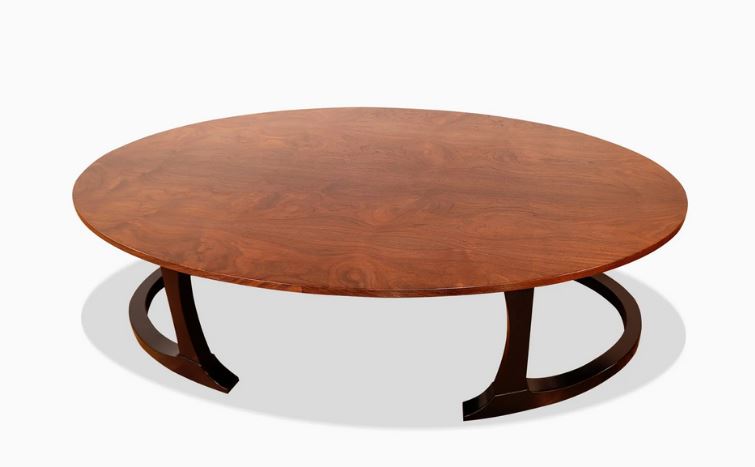Class Description:
In many ways, tables are among the simplest furniture forms: a flat surface supported by legs or some form of pedestal. But despite the general simplicity of form, a table can change how a room feels to be in, how it feels to walk around it, and how it directs our paths through a room. The potential impact on a space and the feeling tables create when not in use makes their artistic value greater than that of their physical function. With that thought in mind, a table’s appearance is of utmost importance in a home. This is by no means a reason to compromise physical function for aesthetics. But we don’t want to lose the balance in how we consider the creation of value when designing a table or any other piece of furniture.
In this class, we will explore the possibilities a table brings to a space, what to consider in its shape and size relative to the room it is in, what function it needs to serve, and why you would choose legs vs. a pedestal or a round top vs. a rectangular one. We will also discuss and explore surface design with veneers and engineered cores, as well as various ways to extend a table.
We will include ideas for dining, side, hall, and coffee tables. To free us up to play with multiple options, we will only make scale models of ideas you want to explore. This allows more play with form and less concern about full-scale woodworking. You can make several ¼ scale dining table models or a mix of table types. This class focuses on design rather than a finished table, so we will not build any full-sized. But we will discuss joinery options for each model. For joints new to you, it will be good to make full-scale joint samples and go over different ways to make these, but I don’t want to spend much class time on joints.
This clarity of focus on form allows the creation of more new designs without the fuss of complex fixturing for mortise and tenons.
Tools you will need to bring:
Coping saw,
Carving knives
Architect’s scale
Drawing paper (8 x 11 is the minimum size)
Pencils
Gum eraser
Straight edge you can cut against
Utility knife
Tape measure
12″ tri-square
A few chisels (¼”, ½”/3/4”)
All lunches are provided at Pine Croft.






